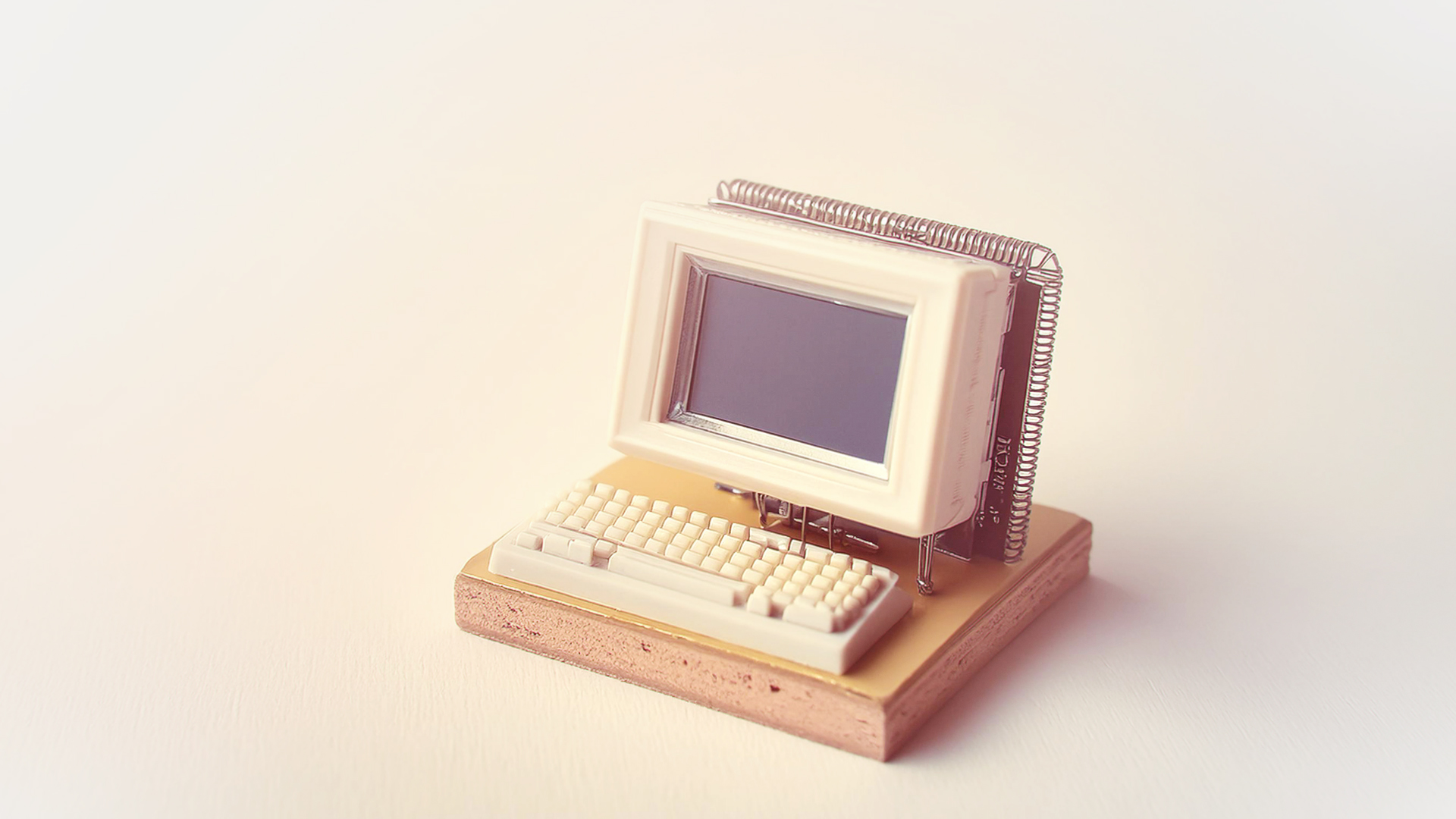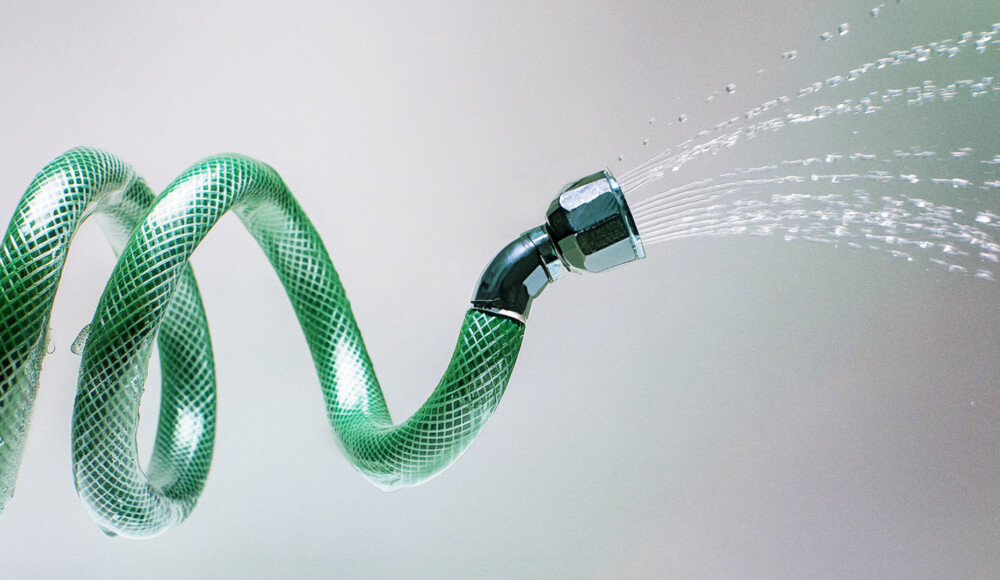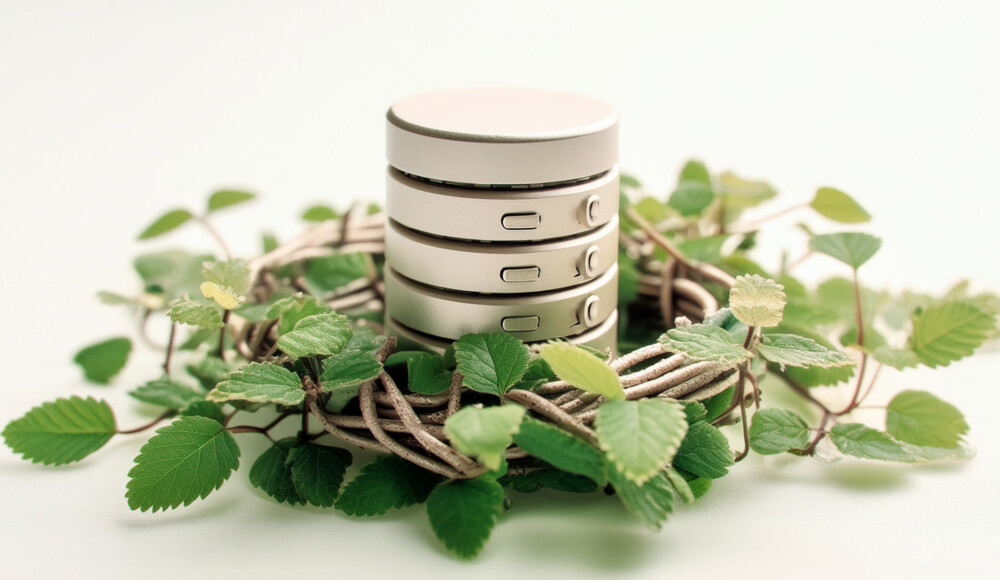Today, climate transition and environmental turmoil are a disturbing reality of the times. The bright side (if we can even call it that) is that there are small steps we can take in the right direction. That’s why many organizations, in addition to other green initiatives, are turning to ecobranding to create a more ecologically-minded and responsible brand image. It’s true—the right graphic choices can positively impact a brand’s carbon footprint, setting it on a more sustainable path. As an added bonus, it can help attract audiences that are concerned with making more ecological choices, a number we hope is growing for the health and wellbeing of our planet.
Ecobranding calls for ecodesign
Ecodesign is the practice of minimizing the environmental impact (French only) of a product throughout its lifecycle by reducing factors like:
- the consumption of natural resources;
- the production of waste;
- the release of greenhouse gas emissions (GHG).
Ecodesign sees brand image as a product unto itself, one that can adopt best practices (French only) to reduce its environmental impact while still remaining creative and unique.
Ultimately, ecobranding is the art of brand representation based on these three pillars:

Source : https://ecobranding-design.com/ecobranding/
When it comes to ecological performance, ecobranding is built on several fundamental concepts (French only):
- Minimalism and the economy of means
- Less might not always be more, but it’s definitely better when it comes to product impact.
- Innovation
- Restraint breeds creativity.
- Choosing ecoresponsible resources
- There are plenty of choices to make: what paper to print on, what work tools to use, what type of energy to power those tools, etc.
- Communication and transparency
- Everything out in the open.
Brand image and carbon footprint
Carbon footprint is the leading measurement that defines the ecological impact of a person, product, business or activity.
We can calculate the carbon footprint of a brand image using several factors, starting with the creative process:
- What type of energy is needed to power my hardware?
- Is this hardware economical?
- How can we reduce back-and-forths with clients, as well as work file transfers?
Next, we look to reduce the weight generated by the brand image by considering factors like:
- image;
- typeface;
- logotype;
- miscellaneous graphic elements (colour gradients, repeating patterns, illustrations, etc.)
It’s important to understand that the more complex and rich the brand image…
… the more time needed to create images.
… the more complex the website.
… the more ink required for print material.
… the less we all thrive. As simple as that.
Best practices
Whether we’re discussing digital, print or web design, when it comes to images, we always land in the same spot: it’s essential to cut back on the resources it takes (French only) to appear in an environment, be it digital or physical.
Digital images
Here, the goal is simple: reduce image weight to use the least amount of energy when transferring and posting files.
Many parameters can influence the weight of an image, listed here in order of impact:
- Size
- Ideally, images shouldn’t be larger than the size they appear online (we know, but it’s an ideal.)
- Type: vector or matrix
- Matrix image files are more detailed, but heavier.
- Colour mode
- Most notably, black and white images weigh less if they are in grayscale, rather than RGB.
- File formats
- For instance, JPEGs are lighter, but provide less image quality than PNG files, which, of course, are heavier.
- Number of details
- Fewer = better.
- Compression
- More = better.
Print images
Once again, the goal here is clear: to reduce the materials used, like ink (French only).
And there are plenty of ways to get there:
- Choose fonts that are clear and legible over heavy, complex ones;
- Keep the printing of large, intricate images or colour gradients to an absolute minimum;
- Replace backgrounds with rasterized layers;
- Design a logo exclusively for print use that is lighter or reversed.
And lastly, select printing materials based on their environmental impact.
Web design
Today, a huge portion of a company’s branding lives on its website, which can easily stand out while reducing its carbon footprint.
What we’re aiming to do: optimize and reduce file weight.
We can’t say it enough: images are among the heaviest of all elements to upload, so optimizing them has a real impact.
And what about complicated animations, videos, and interactive components that require a lot of bandwidth to load, and therefore a lot of energy? What about lots of colour? The answer is always the same: less is more. Keep it light, streamlined and simple.
There are other factors to consider when reducing the weight of your website, like programming language, using an operating system font that’s readily available on your internet browser, cached static content, and more. You can find all kinds of helpful information in this digital services ecodesign guide (French only).
But watch out for blanding!
What do we mean by that? Make sure you don’t lose sight of your personality along the way. Some brands have pushed their ecological considerations past the point of brand recognition. Branded logos have been replaced by brand names in regular typefaces. White is dominant, with minimal brand colours. Designs are empty, with only an image or product.

Source : https://medium.com/graphic-language/oof-the-brutality-b0cede22c46b
The catch: brands end up looking similar and interchangeable, getting lost in a sea of conformity.

Source : https://marchbranding.com/buzz/the-dangers-of-blanding/
It’s crucial to take measures that keep your brand image unique and recognizable, diminishing environmental impact in a way that doesn’t compromise your economic performance.
The following chart is a great summary of these measures:

To wrap up, brands are moving in a more ecoresponsible direction, which is great. There are lots of greener options you can apply to your brand, from colour choices to typography selection to art direction. But all that comes with one hefty caveat: make sure you stand out in your competitive landscape. Yes to green, but no to bland.
At Atypic, thanks to the years of experience of our team and the numerous brand image mandates we’ve had the pleasure of completing, these considerations are an automatic part of our creative thinking. In the end, it’s the very limitations of environmental responsibility that spark our innovation and ingenuity, and the result is a brand that is sure to stand out from the pack.
Does your brand image need a little refresh? Our team is here to help with creative choices that take the environmental impact of your communications tools into account.
You can have it all—stand out while standing up for your values.
Web ecodesign: Atypic’s commitment to a more sustainable internet
Stacy Cavery, June 11, 2024
Blog posts


